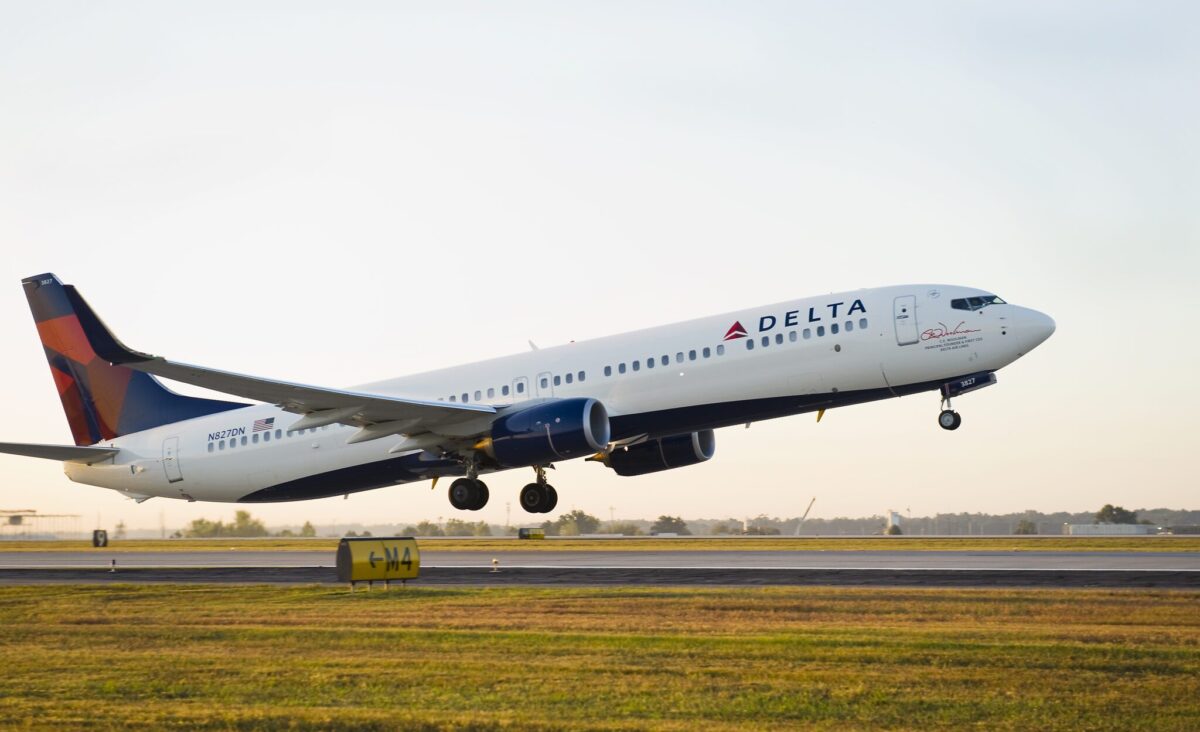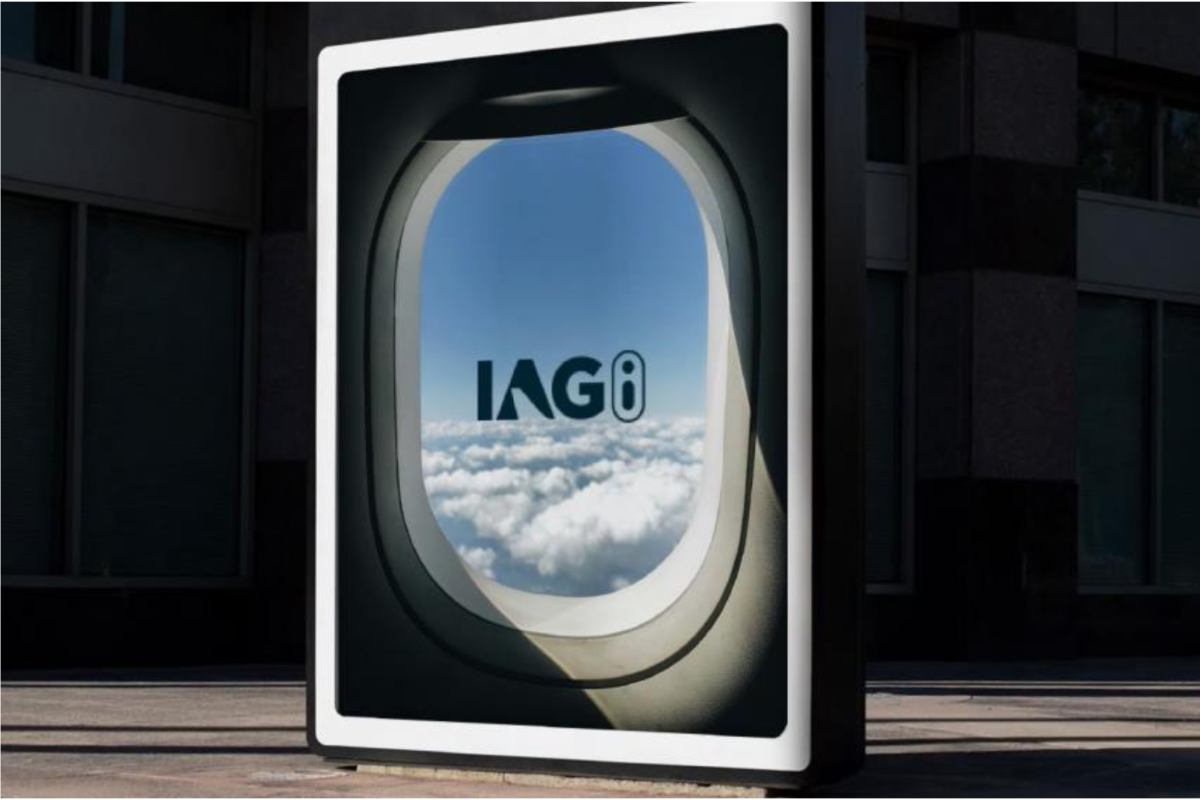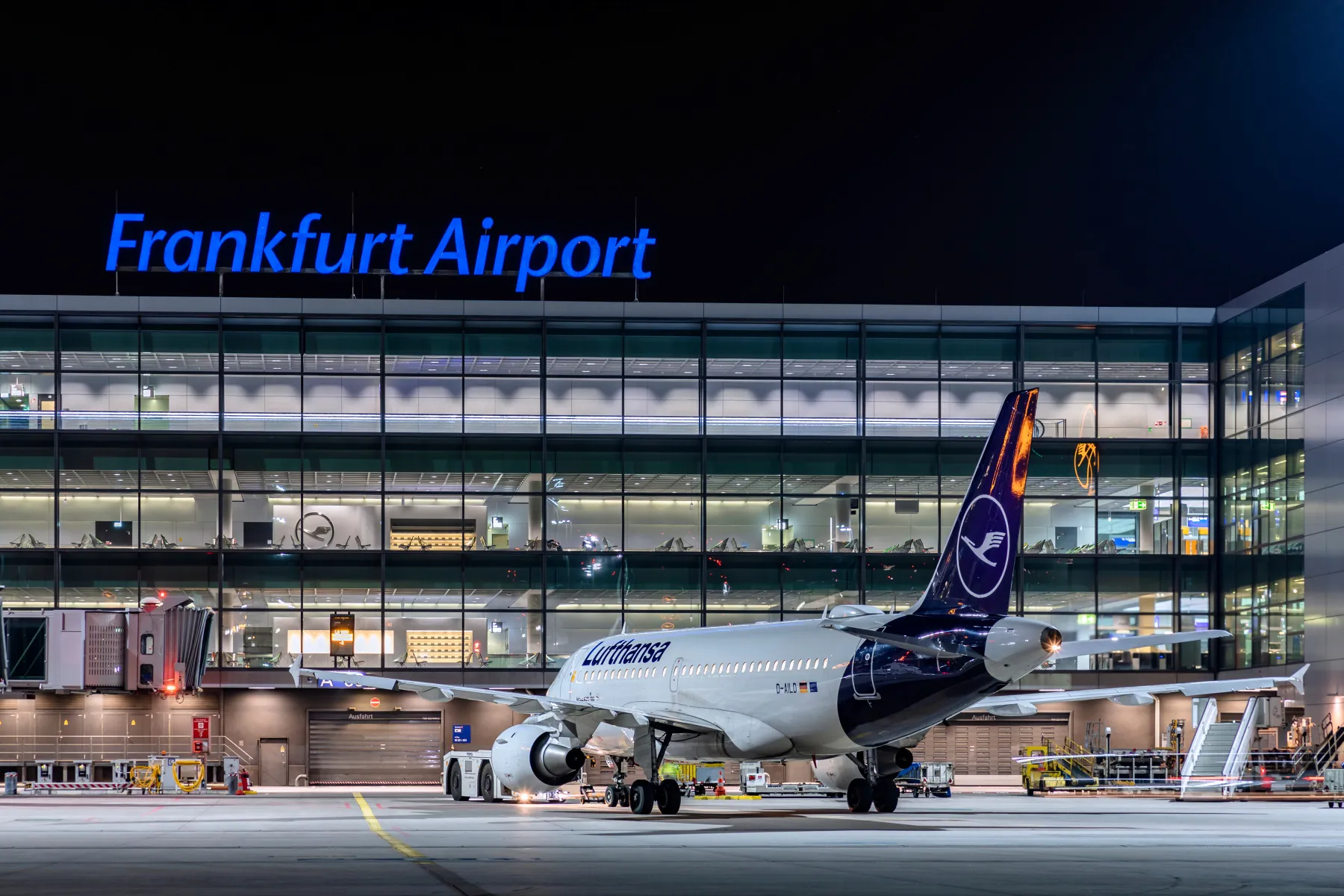3 Ways Airports Are Transforming for Travelers of Tomorrow

Skift Take
This sponsored content was created in collaboration with a Skift partner.
Airports are challenged with balancing passenger comfort with operational efficiency while delivering a unique experience reflecting the destination. So how will the airport of today evolve to become the true passenger-centric experience of tomorrow? A critical factor will be in their use of technology.
Amadeus has conducted significant research on the future of the airport in its Navigating the Airport of Tomorrow report and IT makes sense to share: Making the case for the cloud in Common Use airport technology insight paper. When contemplating the airport of tomorrow, it is worth considering how travelers are using technology today. Travelers are using mobile to stay connected to their flight and are more self-reliant during the check-in process. Looking into the immediate future, airports will continue to implement services and technology that meets the traveler’s need for personalized travel. In the years to come, the momentum around cloud-enabling technology will gain headway and have a major impact on the airport of the future.
1. Airports today: Mobile and self-service technology
In recent years, airports, in partnership with airlines, have made tremendous improvements to increase communication around flight status and service disruption, and cut down on wait times for security and boarding. Passenger processing has evolved significantly as a result of mobile technologies, which include mobile boarding passes and ancillary offerings via broadband service. Most customers traveling today expect to know about a flight change even before they arrive at the airport. This communication is often through text or automated message, received on a customer’s mobile device.
Self-service technologies, like kiosks at each airline counter, are improving passenger processing, in addition to helping airlines differentiate their services. Travelers can now print boarding passes and check bags, without forming a line, which only gets them to their destination faster.
2. Airports of tomorrow: Increased demand for personalized travel
As travelers expect a more seamless, efficient airport experience, the demand for personalized services continues to grow. In the immediate future, and through the use of near-field communications, a passenger will be able to simply swipe their phone at a kiosk to check in and board their flight soon after with no additional information needed. Soon, travelers can expect location-aware bag tags, assigned directly to the traveler, so that they are able to track their bag with ease. Airports and airlines will continue to work to ensure their communication is location-based and highly personalized.
3. The airport of the future: Common use platforms will revolutionize airport IT
When it comes to their technology, most airports run a traditional common-use mode, with platforms that are outdated, inflexible, complex, slow, bulky and cost-ineffective. Airports are increasingly identifying the need to switch to next generation systems and have started to recognize that the airport of the future is likely to incorporate cloud-based technologies in order to improve operational efficiencies in today’s challenging marketplace.
Cloud-enabling technology has gained momentum as new technologies such as application virtualization and improved networks in terms of capacity, bandwidth and speed. Next-generation Common Use platforms are revolutionizing airport IT networks by freeing airports from their infrastructure requirements and allowing them to place a greater focus on customer service and innovation. These solutions will lower airport costs, provide greater energy savings and allow greater flexibility to better service customers. With reduced hardware, IT maintenance and network costs and more physical space, modern approaches to Common Use solutions are helping to maximize operational and commercial performance overall, and will do so far into the future.
With the right technologies and resources, the airport of tomorrow has the potential to transform the airport experience for passengers. To achieve this vision, airports will continue to invest, in alignment with airlines, in technologies that aim to automate manual tasks, personalize travel and provide proactive communication. Airports are recognizing the advantages of cloud-based and mobile technologies to successfully increase efficiencies and provide their customers with as much information as possible to facilitate an unparalleled passenger experience.
https://www.youtube.com/watch?v=KwCUwgk1oko
This content is created collaboratively in partnership with our sponsor, Amadeus.





